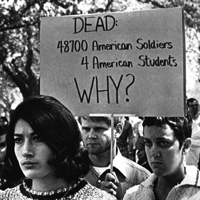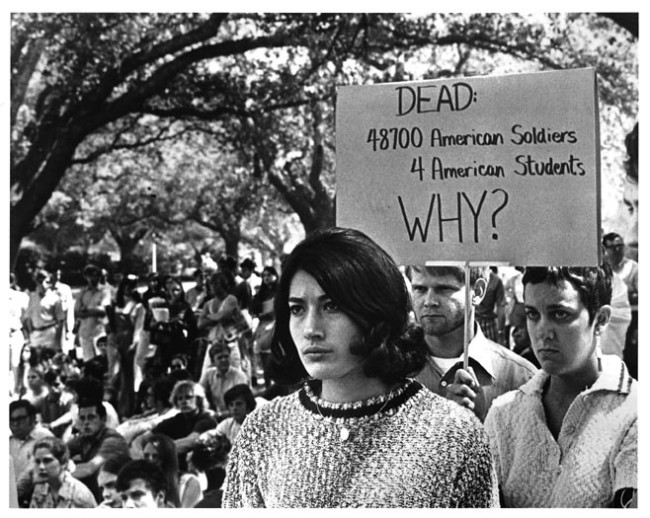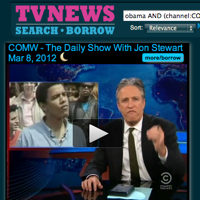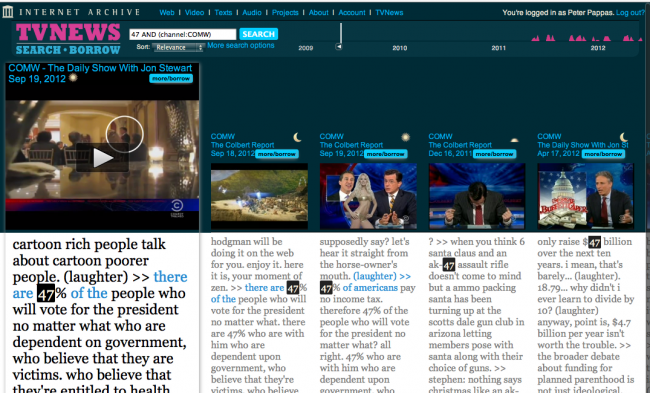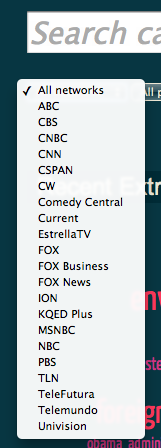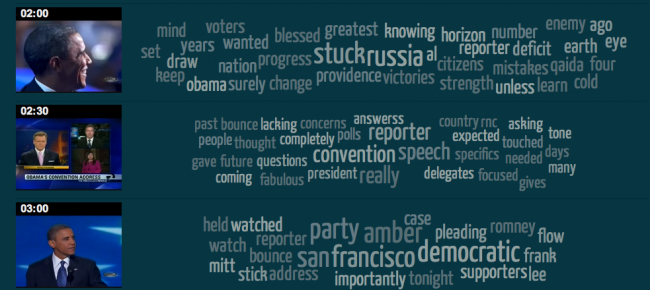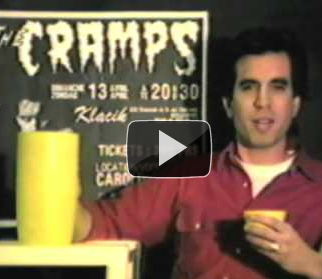First the backstory. Start with a clever essay satirizing the clichéd corporate message ad - This is a Generic Brand Video by Kendra Eash published in McSweeneys. It begins:
We think first
Of vague words that are synonyms for progress
And pair them with footage of a high-speed train.Science
Is doing lots of stuff
That may or may not have anything to do with us.See how this guy in a lab coat holds up a beaker?
That means we do research.
Here’s a picture of DNA. More
Next, a stock video footage company – Dissolve uses some of its clips to turn Eash’s piece into a meaningless montage of grandiloquent pablum.
Here’s the lesson:
- Ask students to read the full text version of Eash’s original, focusing on word choice, imagery and intent. What is Eash’s “video” selling? You might ask them sketch a rough storyboard to illustrate the text.
- Show the video with the sound off and let students list its visual details. Have someone read Eash’s piece while watching the video without sound. (Does the timing matter?)
- Discuss the artistic choices made by the video’s creators to illustrate the piece? How does the music and narrator’s voice impact the message?
- Compare the impact and effectiveness of text, audio and visual.
Care to extend the lesson?
Use YouTube to find political ads from current or past elections. How to they exemplify the themes raised by Eash?
Dissolve has a gallery of all the video clips used in the video. (Hover over them to activate.) Ask student to select the clips that they feel have the greatest visual impact. Ask them to explain how they might use these clips to tell a story.
Show students this actual corporate video and ask them decide if it uses themes noted by Eash. How does the Suncor video compare to the Dissolve satire? Hat tip to Jeff Beer. More of his recommend corporate videos here. Students could re-edit corporate videos to “sell” their own message.
BTW – you’ve been exploring Common Core:
Reading Standards for Literature, Integration of Knowledge and Ideas, Standard 7, Grade 7. Compare and contrast a written story, drama, or poem to its audio, filmed, staged, or multimedia version, analyzing the effects of techniques unique to each medium (for example, lighting, sound, color, or camera focus and angles in a film).
Reading Standards for Informational Text, Integration of Knowledge and Ideas, Standard 7, Grades 11–12. Evaluate the advantages and disadvantages of using different mediums (for example, print or digital text, video, multimedia) to present a particular topic or idea.



